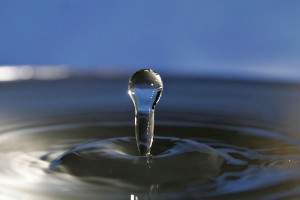 The phrase “water quality” refers to a set of standards used to assess the chemical, physical and biological characteristics of water in relation to the environment and any human need or purpose. Water purification technology is used in municipal water systems to remove contaminants from the source water before it is distributed. Water quality and the types of contaminants present depend largely on the local geology and ecosystem, as well as issues like sewerage dispersion, industrial pollution and over-drafting.
The phrase “water quality” refers to a set of standards used to assess the chemical, physical and biological characteristics of water in relation to the environment and any human need or purpose. Water purification technology is used in municipal water systems to remove contaminants from the source water before it is distributed. Water quality and the types of contaminants present depend largely on the local geology and ecosystem, as well as issues like sewerage dispersion, industrial pollution and over-drafting.
On a Federal level, the Environmental Protection Agency (EPA) sets limits on the amount of contaminants allowable in tap water provided by US public water systems. There are two types of standards: primary standards regulate substances that have a potential affect on health, and secondary standards involve aesthetic qualities (taste, odor and appearance). The Food and Drug Administration (FDA) establishes limits for contaminants in bottled water. Why not go beyond what the government says is “safe” and invest in a modest or even expensive water filtration system? Buy yourself an inexpensive stainless steel water bottle (the plastic ones may contain BPA’s or melamine), fill it with filtered water (you can even pH balance it) and carry it wherever you go.
There is some desire among the public to return water bodies to pristine, pre-industrial conditions, mainly for the fact that water is the common chemical substance essential to the survival of all known forms of life on this planet. New methods and habits will undoubtedly be necessary to accomplish this goal.
The City of Covington publishes the Annual Water Quality Report as a document titled “The Water We Drink”. The current report includes an assessment of the entire year 2012. For more information or to download a copy of the report, visit the City of Covington website at www.covla.com.



